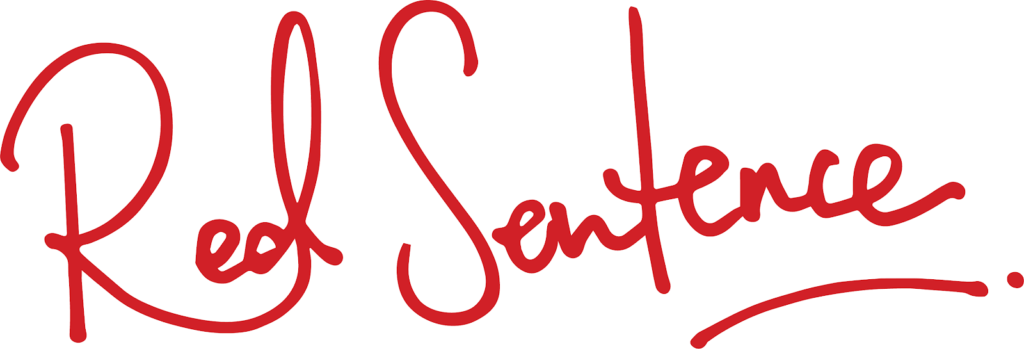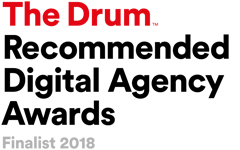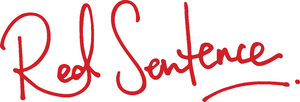When you are preparing to embark on having a new website built by a WordPress web design agency, there’s a lot to think about. Probably a lot more is involved than you first thought.
Whether it’s replacing an existing out of date site, or creating a brand new one for a new venture, the same questions often come up, and the same considerations must be made.
Planning is everything when it comes to web development, and having a great brief will really help the web design agency you chose to work with in developing a solution which solves your problems and achieves your goals.
To help guide and prepare you through preparing for your web design, we have put together the a guide to preparing for a new web design. This will not only help align your internal team, but allow the WordPress web design agency you appoint to have the best possible foundations for the design and development of your web design.

Contents:
- Goals and objectives
- Structure
- Content
- Website design
- Choosing a platform
- Photography
- Illustrations
- Hosting
- Domain name
- GDPR Compliance
- Digital marketing
- Analytics
- Google Search Console
1 Your website goals and objectives
Before you get started, let’s address the WHY.
WHY do you need a new website design? What are you hoping to achieve, do you have specific measurable goals and objectives? What are they? Is it a stand-alone project or part of a bigger-picture effort to grow your business?
Replacing/updating an existing web design
Websites can become outdated quickly, technology changes and user behaviour changes. For example the COVID 19 pandemic in 2020 resulted in accelerating the adoption of digital behaviours for many.
So you may find that your ‘why’ is that your existing website isn’t performing for you, perhaps it is using outdated methods and technology, and is no longer relevant. Code may have become broken, your bounce rate might be high and the site might be slow to load, causing problems from a UX (user experience) and SEO point of view. Write down a list of your concerns with your existing site to talk through with your web site design agency.
If you have Google Analytics installed, you may find some helpful pointers as to what’s going wrong. Take a look at the chapter on Analytics and also Google Search Console for pointers on some key metrics to look at.
So your goals and objectives may be focused around improving these metrics, resulting in increased website enquiries/purchases and/or sales.
Or perhaps your objectives are more fundamental, and your service offering may have changed or your business has rebranded. So your website design needs to convey this.

Creating a brand new site
If your need for a web design is linked to a new business or venture, your goals and objectives may be slightly different. You may want to build brand awareness for a startup, set up an e-commerce store to sell some brand new products, or simply have a web presence to reinforce a service you are already providing.
Whether the website design is brand new or a rebuild, it’s good to have SMART goals to help focus your objectives and ongoing marketing efforts once the site is live. What are SMART goals?
- Specific
- Measureable
- Attainable
- Realistic / Relevant
- Time-Bound
Why are SMART goals important?
According to HubSpot:
“When you make goals that are specific, measurable, attainable, relevant, and time-bound, you’re increasing your odds for success by verifying that the goal is achievable, identifying the metrics that define success, and creating a roadmap to get to those metrics.”
HubSpot
So now we know why you need a new website, and you have an idea about your goals and objectives. Let’s think about how we would structure your website to help reach these goals.
Tools to help planning your goals
- Google Sheets
- Trello
- Notebook and pen!
2 Structure
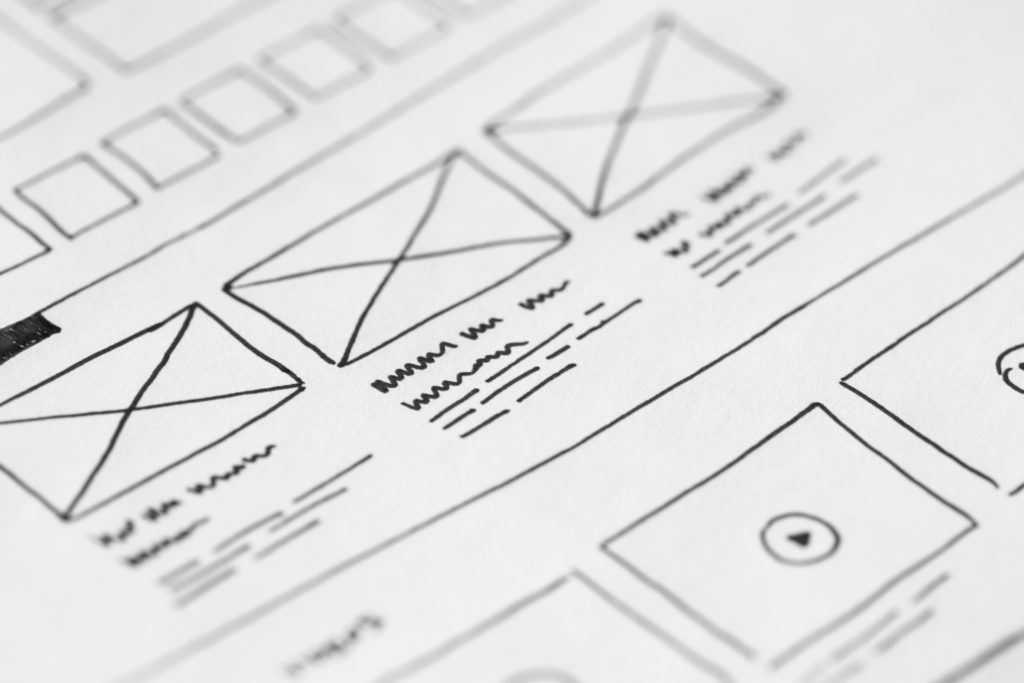
The structure of your web site design needs to be user-centric. A website with hard to find content is useless. Content should never be more than a couple of clicks away, with an easy route back to the page they landed on. How visitors use and navigate your website is called UX – User Experience.
As a means of planning your website design’s structure and navigation, wireframing is a great part of the process. It allows you to create very simplistic prototypes which can provide valuable insights into the user experience.
What is a wireframe?
A wireframe is a blueprint of the website, a visual guide showing the information placement and hierarchy, as well as the navigation system and top level page layouts. When developing wireframes, things such as visual styling, graphics and animations aren’t yet explored. It is usually very low fidelity and focused about thinking at a very basic level how things will be laid out and work.
Your web design company will tell you that the information hierarchy is very important, it needs to be very logical and visually clear. The path to the content needs to be easily navigated forwards and backwards. Think how the menu will help the site visitor find what they are looking for.
You should also consider what are your website’s key CTAs (call-to-actions)? Are you wanting people to complete an online enquiry form, make a purchase, or subscribe to your newsletter? You should keep these CTAs in obvious (consistent) positions.
KISS – keep it simple, stupid!
Hicks Law is a theory named after psychologist William Edmund Hick. It suggests that the time it takes for someone to make a decision is directly proportionate to the possible choices presented to them.
So, in other words, the more options on your website page, the longer the decision-making time becomes. Don’t overdo the call to actions.
5 tools to help wireframing:
3 Content
You may have heard the phrase, “Content is King”. Way back in 1996 when the Internet was still growing, a certain Bill Gates used this phrase when describing the internet as a marketplace of ideas, content, products and experiences. The Microsoft founder certainly had the vision to see how the internet would develop.
It has evolved so much that content marketing is now a key area when developing your inbound marketing strategy, and something you need to think about right from the start.
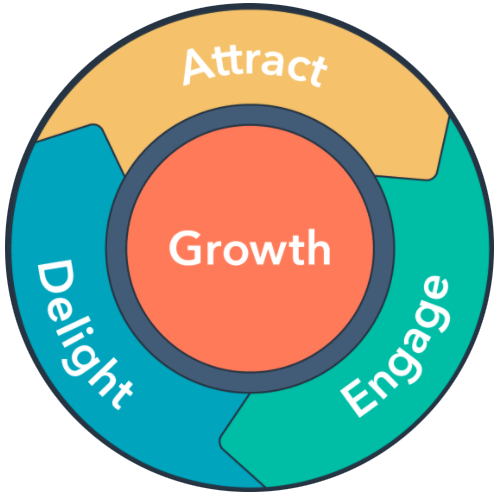
Website content serves two purposes which are interlinked. Firstly – you need to provide your website visitors with engaging relevant content which attracts, engages, delights and informs. It tells your potential customers your story and how you can help them achieve their goals. It provides insights into the industry, information about your offering and your team, and it can provide regular updates on topical issues and company news.
Content can take many forms, not just written on your website. It can be visual, graphics which you create and share on social media, videos which showcase items you sell, services, or customer testimonials.
Do your research
The other thing to bear in mind with content, is that it will help the search engine find your website when you get your business online. Keyword research is essential when planning your website’s content. How will potential customers find you if you don’t know what words or phrases they are using to search for you?

Your key content should be built around these keywords, but it needs to flow naturally.
These words should be present in the page url (known as the ‘slug’), the main page title (H1 tag) and also repeated as necessary within the page content. Don’t force it! What the search engines sees as a good keyword density changes from time to time, but a good recommended range is 1-2%.
Keyword cramming may have worked back in 2005, but search engines are intelligent. They can separate good engaging well written content from content which is created to try and trick the search bots. This will harm search engine results.
If you are using WordPress, the SEO plugin Yoast can analyse your content using the Flesch reading ease score – a way of looking at your written content and analysing how easy it is to read.
Visual as well as verbal
For non-written content, such as graphics and video, there are a plethora of tools available to help let your creativity flow, such as Canva or the free version of Photoshop (Elements). Or enlist the help of a graphic designer/design agency to help create visually appealing interesting graphics. Items such as infographics and explainer videos are always recommended and engaging, shareable content. It provides value to your potential customers, and builds up your position as an authority within your industry.
Remember your content shouldn’t always be about selling – provide potential customers with interesting engaging content. Create it with a view to building trust and nurturing them through your sales process and telling your story.
Top tools for content creation
4 Website Design
How do you want your web design to look? Have you thought about typography or colours? How about the use of imagery? How will it match your branding? (We’ll touch on photography and illustration a bit later).
Web designers love being able to let their creativity flow during the design process, so it might be a good idea not to be too restrictive when putting your brief together, but seeing what they create. Before you start, ask to see the web design team portfolio for ideas, or web designs they have completed for other businesses and clients.

The WordPress web design agency you work with might be able to provide other design services as well as just their web design services. For example if they have a design and marketing team in-house they might be able to work on anything from branding, SEO to your social media marketing campaign. Its helpful to work with single full-service agency as they can ensure your messaging and visual styling are consistent across all media, not just on your website design.
Your web design team will most probably (and should) treat the web design as a separate (but linked) exercise to the web development. In most cases there will be different team members involved which each stage. Of course design and development are interlinked, but its important to map out the look and feel before you starting getting into the coding.
Remember design is subjective – just because your friend doesn’t like something, doesn’t mean your target clients won’t like it either. Your web agency will have experience in knowing what web design works and what doesn’t.
Top design tools
5 Choosing a platform
Depending on what your website’s required technical functionality is, there is a wide range of platforms upon which you can build your website. Things to consider include limitations of the platform, bearing in mind your potential development roadmap, costs, and also ease of use.
Your budget may vary, so using a system which has a visual (code free) website building tool will bring costs down, but may hinder future growth.
There are 3 platforms, which all have content management systems, we recommend you use when having your next website built. Each agency will have their own specialist platforms/preferences.
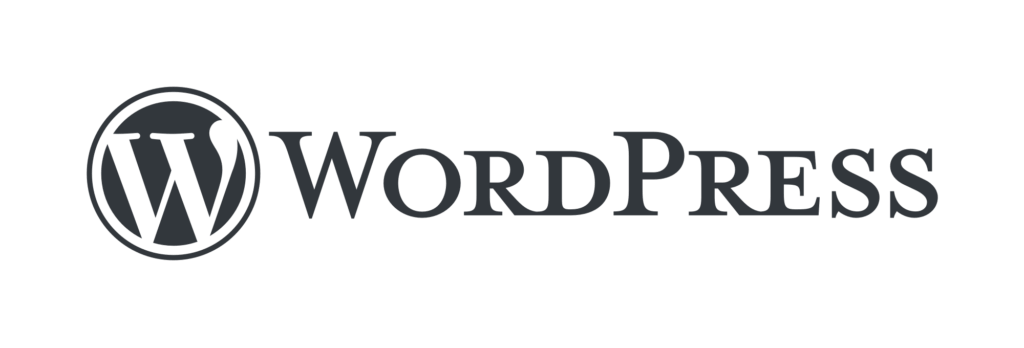
WordPress
The most popular CMS (content management system) out there, as of October 2020 WordPress powers approximately 35% of the internet.
It is open-source, which means it is free to download, and enables a whole community of developers to create themes and plugins which you can download to enhance the functionality of your site.
From small template based sites for sole traders, through to fully customised enterprise level applications, WordPress’s true strength is in its versatility and flexibility. You can create powerful e-commerce sites using the Woocommerce plugin, or develop membership based sites, create a forum, or build a complex directory. The options are endless.
With the way themes are structured, there is no limit to how you can make your WordPress site look or interact with other systems.
One word of warning – be wary of plugin dependent builds with feature heavy template systems. The results on the site speed will be detrimental to your web development project.

Shopify
Canadian owned Shopify is an e-commerce focused platform. It allows anyone with any level of technical knowledge to set up a store. As a hosted platform, changes to functionality are limited, and there is a monthly subscription cost (along with a percentage per sale).
You can purchase off-the-shelf templates to get your store up and running in no time, or have a completely customised theme developed for you to provide the unique look and feel you want.

Webflow
Webflow is a fairly new introduction to the world of web development, like Shopify it is a hosted platform which means there are some limits to the functionality provided.
Its main strength is focused around how you build websites with it – no knowledge of code is needed as it has a feature rich visual builder, which incorporates a CMS in the back-end.
WebFlow has proved to be very popular with graphic designers who want to build websites, but have no knowledge of creating them from scratch with code.
Top 3 platforms
6 Photography
Depending on the nature of your business, photography can play an important part in creating the right tone and in showcasing your services. It’s not always feasible to arrange your own photography, especially when launching a new business. This is where stock photography can help.

There are lots of websites from which you can purchase royalty free photography at a reasonable cost, or even download images for free. For free images, try pexels.com or unsplashed.com. The photographers always like to know where their work is being used so a credit is always appreciated.
When using a range of photos, it’s a good idea to try and find photos which are consistent in style. Mix and matching a range of photos from different sources can create an inconsistent and disjointed look on your website. You can often find a range of photos by the same photographer which ensures some uniformity. Or a simple trick such as using different images in the same monotone/colour hue can provide some visual consistency.
Many top brands still use stock photography as it provides a fast solution when needed.
Paid vs free
Paid sites tend to offer a higher range and quality of photography, and costs can vary. Try shutterstock.com or istockphoto.com. Be sure to check the license for the image you want to use. Some images are listed as ‘Editorial Only’ which means it can’t be used in any commercial context.
When it comes to e-commerce though, nothing beats proper studio shots of your inventory, both as standalone and lifestyle shots. Even better are videos of your products.
Team photography
Team photos are a great way of putting a face to the voice for clients. Sometimes it’s a good opportunity to inject a bit of fun into the site, showing a more personable side to each member of the team. You may get some resistance from some team members, so arranging the shoot in a fun environment can help with those camera-shy personalities.
3 platforms offering free photography:
7 Illustrations
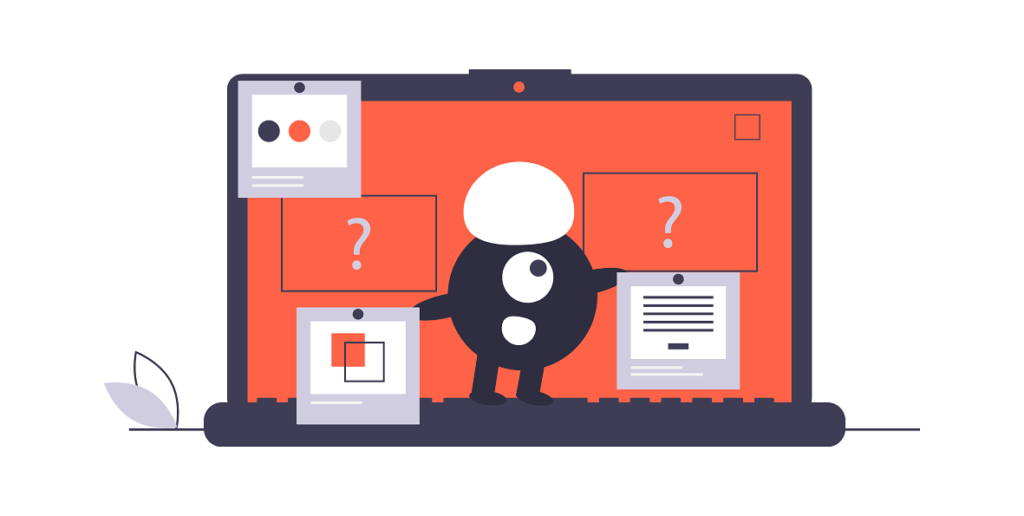
Illustrations can provide a more personalised and bespoke approach to enhancing the look and feel of your responsive web design. Including them is a great way of showing your creativity.
Illustrations can take on many forms, abstract, minimalist, technical, etc. Consider things such as the tone of your website and the brand identity. Does the style of the images you want fit with where you are trying to position yourself and what appeals to your target market? Are they using brand colours and shapes? Undraw is a great site which has a vast library of free illustrations, but you can change the colour before downloading, providing some element of customisation.
Your web agency may be able to recommend a good illustrator.
Top illustration resources
8 Hosting
If you are developing a website design with WordPress or custom HTML/php, you’re going to have to arrange hosting for your website. Hosting is basically a server where your website files sit so that the site can be accessed.
Website hosting can have quite a strong impact on the success of your website. It’s important that the hosting you choose is fast and allows your web design to perform with high volumes of sessions and fast download speeds.
Not only does a fast performing web design provide your users with a great UX, but Google also uses page speed as a ranking factor. So a slow website would not only frustrate your potential clients, but may prevent your website from achieving good search rankings.
According to research by Google in 2018, 53% of visitors on mobile devices will leave a site that takes longer than three seconds to load.

UK based vs international
There are other factors to consider when choosing a host company. For example a UK based IP address will also give you benefit if your target market is in the UK, the server will be physically closer to the users providing a faster connection. Also bear in mind if you ever need to contact the hosting support team, if they are in the UK you can expect a faster response rate and during normal working hours. US based hosting companies may not respond to a problem until you are in bed! Some may even offer 24 7 support via instant chat.
Lots of hosting companies offer WordPress specific hosting packages which are designed to optimise WordPress at a fairly inexpensive cost. There are also some companies who offer enterprise level WordPress hosting if you require a more robust dedicated and secure solution. Also check if they provide a staging server – ideal for running a clone of the site for development purposes.
Dedicated vs shared hosting
Generally you will find with hosting that there are two main options, the first of which is what is called ‘shared’ hosting, the other is a dedicated server.
With shared hosting you’ll find that your website is not the only one on the IP address – there may be for example, 10 to 20 others, so the capacity and bandwidth may have some limitations. Also if one of the other websites on the IP address for some reason became blacklisted (eg reported for sending out spam), that could have an adverse affect on your website. Good hosting companies would monitor this and have processes and measures in place to prevent it from happening.
With a dedicated server your website will have its own IP address and server, allowing for larger capacity for both bandwidth, website traffic and file storage. There would also be more memory available for just your site, so you can expect it to perform better. You would also have much more control over the software installed on the server – with a shared hosting platform you have to use the software provided.
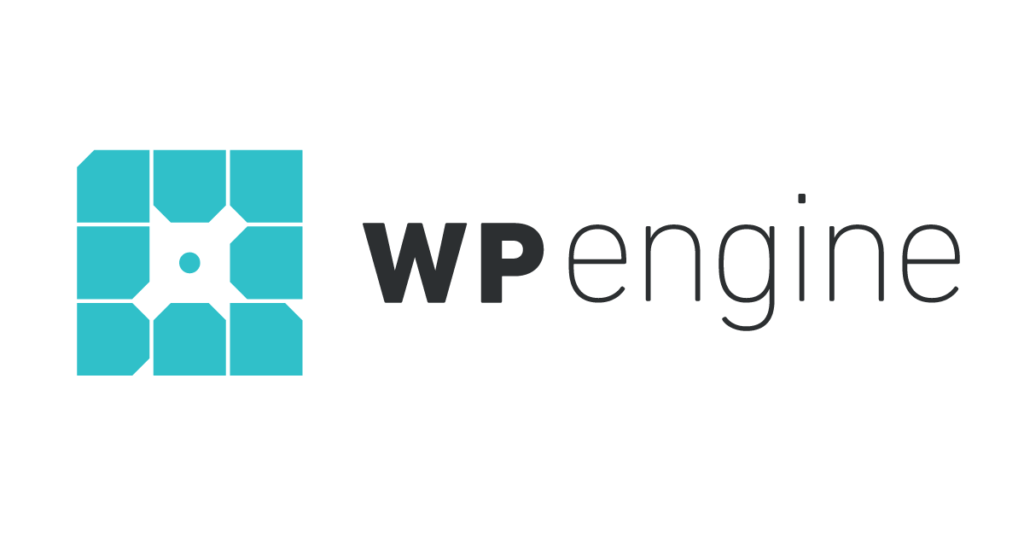
For enterprise level WordPress applications there are platforms such as the award winning WPEngine (a favourite within the web development community). It provides an extremely robust and secure hosting platform. Web developers are also able to use web applications such as GitHub for easy file version control.
Watch out for limitations
Whichever host you choose, keep an eye out for limits on file storage and bandwidth. There may be hidden costs if you exceed these. It’s not uncommon for unlimited storage, and some hosting companies provide an auto scaling system. If there is a spike in traffic, the system will adapt and provide additional resources as required.
If you also require email addresses, a lot of the companies provide mailboxes too, or the ability to upgrade to Outlook.
Security is important
Don’t forget you must have an SSL certificate too. It’s what gives you the https before your address, and the padlock icon in the corner of the browser window. Google Chrome will actually mark the page as ‘insecure’ if you don’t have one set up or it’s configured incorrectly. Also it will affect your search rankings if you don’t have one, with it now being a part of their ranking criteria.
Recommended industry leading hosting companies:
9 Domain name
Finding the right domain name for your business is becoming increasingly hard. You often find the ideas you have are already registered somewhere, or are for sale at a crazy price.
It’s a good idea to try and have your business name in there somewhere. Keep it fairly short and easy to remember. Think about how easy it would be to tell someone your email address over the phone and think about room for error when they type it.
Is your ideal domain name already registered? Think of ways you can add it in with some other words, or find alternate endings.
It’s worth thinking about the domain name ending, or TLD as they are known (Top Level Domain). If you are a UK focused business, getting a .co.uk is a good idea. With a .com, it’s not always clear where the business is based. Even better to have both if possible, just in case.

Domain not available? Think outside the box
For example, if your business is called Acme Designs, you may find acmedesigns.com or .co.uk are registered already. So how about weareamce.com, thisisacme.com or maybe acmedesigns.studio? A little thinking outside the box can help you find a unique address which is easy to remember and relevant.
There are a range of TLDs available these days, you have the generic ones like .net or .com, but also .agency, .biz, .business, .cc and many many more. There are quite a few industry specific ones available, so you should be able to find something which is memorable.
If the .com version isn’t available, but there is a slightly different version, eg with a hyphen or with an s at the end, be careful as having one so close to something else could lead to confusion and people visiting the wrong URL.
Helpful links
10 GDPR Compliance
To ensure you are on the right path to comply with the latest GDPR (General Data Protection Regulations), there are a few things you should think about for your website in advance.
Remember GDPR doesn’t just apply to your online presence, it applies to your business as a whole.
Forms
What forms will you need and what info are they collecting? Make it clear and easy for people to be able to opt in to email communications. At the same time it should be easy for them to opt out at any stage. Do not assume they want to opt in – if there is a checkbox choice on a form, don’t pre-check it. How will you keep the information you collect and for how long?
Privacy Notice & Terms and Conditions
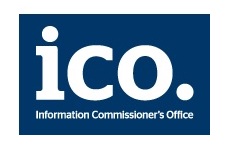
These are important pages which we find always get left to the last minute when creating a web design for clients. The Information Commissioner’s Office provides some great guidance on your privacy notice and what it needs to include. Ensure your terms and conditions are up to date.
E-commerce
Does your website design include e-commerce functionality? Think about how your customer information is being stored after passed on to your payment gateway. Are you storing personal information and for how long? What information do you need to collect to ensure you are able to complete the required actions?
Third Party integrations
Are you going to need to include any third party integrations in your website for user tracking or from a CRM perspective? Check what information they collect and if they use cookies. Google analytics for example collects anonymous IP addresses which are not personal information.
Cookies
What cookies will your website use and what info will they collect? You will need to have a cookie notice giving users the option to accept the use of cookies on your website. Notices about cookies need to be clear and easy to follow/action, but shouldn’t affect the browsing experience if possible.
Your web development agency will be able to advise on any cookies being used.
3 reference sites
11 Digital Marketing
Ok so you have planned out your web design, have your content being created and you’ve set your goals and objectives. But how are people going to find it?
There is no magic button which you press the moment your website design goes live. Google will take time to index your site for it to even show in the rankings once web development is complete.
Organic vs Paid
But why should Google show your website above your competitors? This is where SEO comes into play. Before creating your content and thinking about structure, do thorough keyword research. What words are people using to search for your service or product?
If you are wanting instant traffic, then PPC (pay per click) is a good option for you. You can run paid ads through Google, Bing, even Facebook. Choose a platform which is relevant to your industry and target audience.
Having social media is a great way to increase exposure to your website. This should grow organically over time or by running boosted posts/targeted ads. Where are your target market hanging out? Is it LinkedIn or maybe Instagram? You need to be saying the right thing to the right person at the right time.
Top brands focus their time and energy where their target market is.
There are lots of offline techniques for letting people know about your website platform – more traditional methods such as (virtual) networking or press advertising are still very relevant.
Your WordPress web design agency may be able to offer SEO services alongside their website design solution. It is worth having that conversation very early in the process so that the SEO strategy aligns with your plan for your website design.
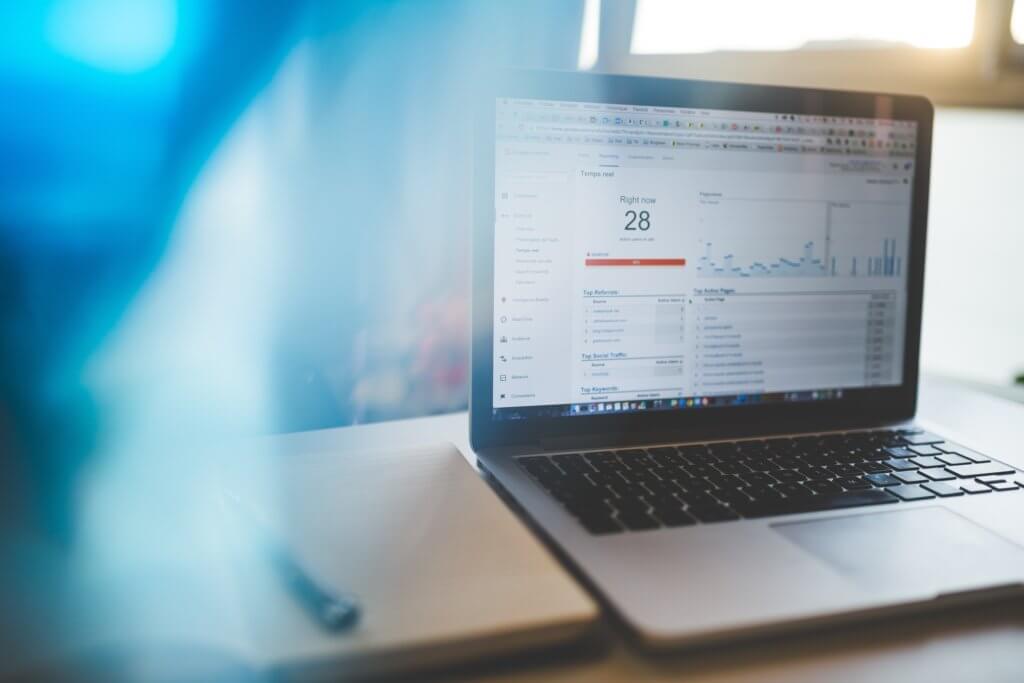
Inbound marketing
Inbound marketing is a great way to bring in traffic to your website. You should have a plan in place to create engaging subject matter for your buyer personas at every stage of their buying process. Are they just doing initial research, asking questions about comparative systems, or are they ready to buy? Good content not only provides users with valuable information, but the search engines love high quality content, and it will boost your rankings over time.
Have a plan and strategy in place to make sure your web design and general digital presence is a success and that you are achieving a good ROI.
Top sites
12 Google Analytics
An essential integration for your website. Google Analytics will provide invaluable information about how people use your website. What pages they visit, how long they stay for, how did they find you, what device they used to look at your site with, the list goes on. Analysing this information regularly, along with that provided by Google Search Console, will give you powerful insights into what does and doesn’t work on your website. Making changes and adapting to your clients needs will give you the ability to increase traffic and conversions.
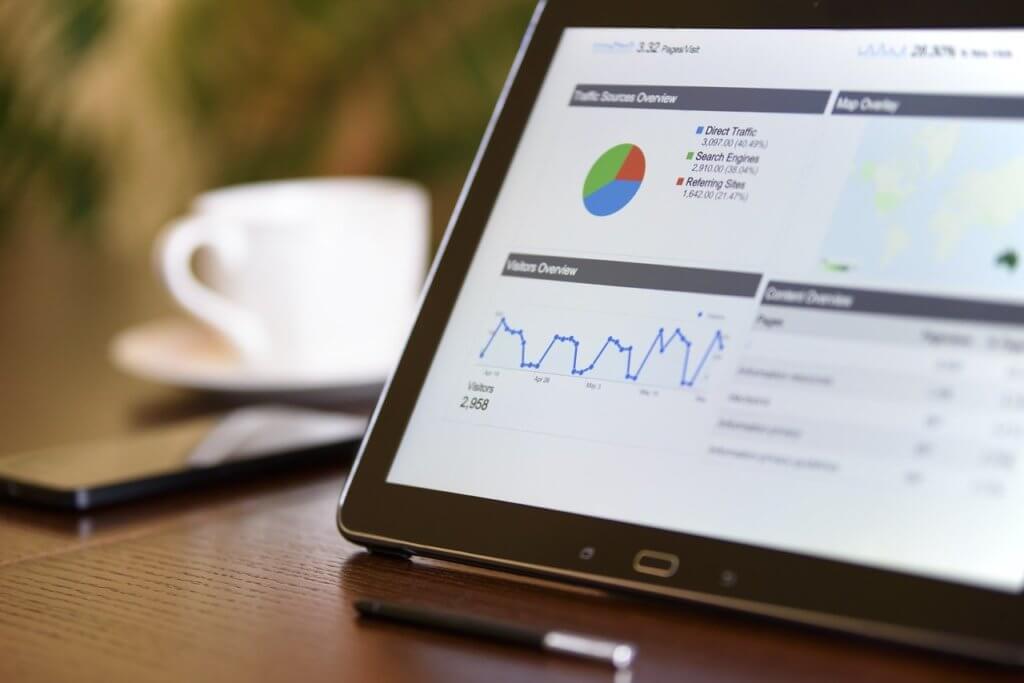
Google Analytics provides goal and event tracking. So if there are some clear objectives for your website, eg completing an enquiry form or making a purchase, you can add a code snippet which will allow you track how many goals are achieved, and more importantly, work out the users behaviour that led to these goals.
A few important metrics for you to look at on your website design include the following (your agency can provide access to Analytics if you don’t have it):
Some important metrics
Number of users and sessions – how many people are visiting your site?
Average session duration – how long are they staying for?
Average pages per session – how many pages are they looking at?
Ratio of new to returning visitors – are you getting lots of new traffic?
Bounce Rate – how many visitors are leaving after just looking at one page?
Through the acquisition tools, you can also see where visitors are finding your site. Is it from Facebook, paid ads, search engines or are they typing your web address in directly? You can see from this what marketing efforts are working better than others, and what changes you may need to make to your website design.
If you want to automate a monthly visual report taken from Analytics, Whatagraph provides some great tools for generating them.
Links
13 Google search console

Google offers a range of free tools to use to help webmasters manage their website. Alongside Analytics, they prove the Search Console, also known as Webmaster Tools.
The Search Console allows website owners to submit the url to their website and do several things:
Set your preferred url. Is your site http or https? Is your site set up with or without www? If set up incorrectly, Google may think that there are multiple versions of your site.
Submitting a sitemap provides it with a list of all the pages your website includes, so it knows which pages to look for and index. As you add new pages to your website, your site map will update. So when Google next indexes the site it will find the new pages.
Monitor indexing – the Search console will monitor how Google sees your website. It will flag any issues such as 404 errors (page not found) or server errors it encounters.
Search performance – you will be able to access data such as keywords your site is appearing for. Look at other key stats such as impressions (how many times you site shows up in a search result), CTR (click through rate) and position (1-10 being page 1, 11-20 page 2, etc). This gives invaluable insights into how people are finding your website – especially helpful if you are creating a new site to replace an old one. With some detailed analysis you can see which content performs well for you currently, and which pages don’t.
Choosing a web design agency
A successful WordPress web design is the result of planning, preparation, research, more planning, great design, great functionality, well thought-out content and a fantastic experience. You have to remember to put your users first. What you think is right may not necessarily be what they need. Giving your WordPress web design agency as much information as possible will give you a great start.
Our briefing questionnaire might also be of help.
Red Sentence is an award winning web site design agency providing website design across the South East. We have a wealth of experience in designing and developing websites across a range of industries. We can help you achieve your digital goals with the design and development of your new website design, supported by our digital and social media marketing services. If you have a design and development project you need help with, get in touch with the team today to find out what we can do for your digital growth.
- 01483 904950
- hello@redsentence.co.uk
